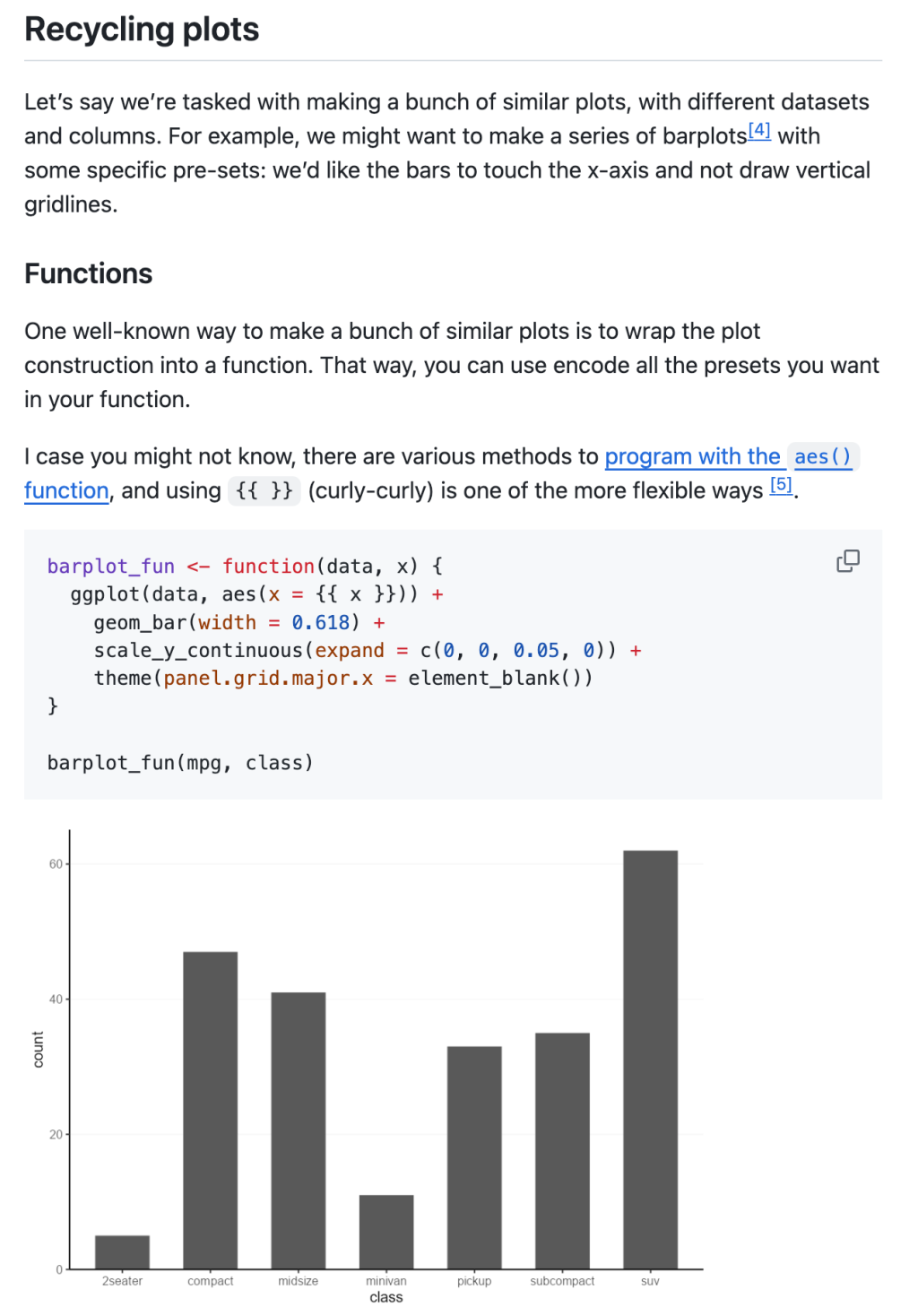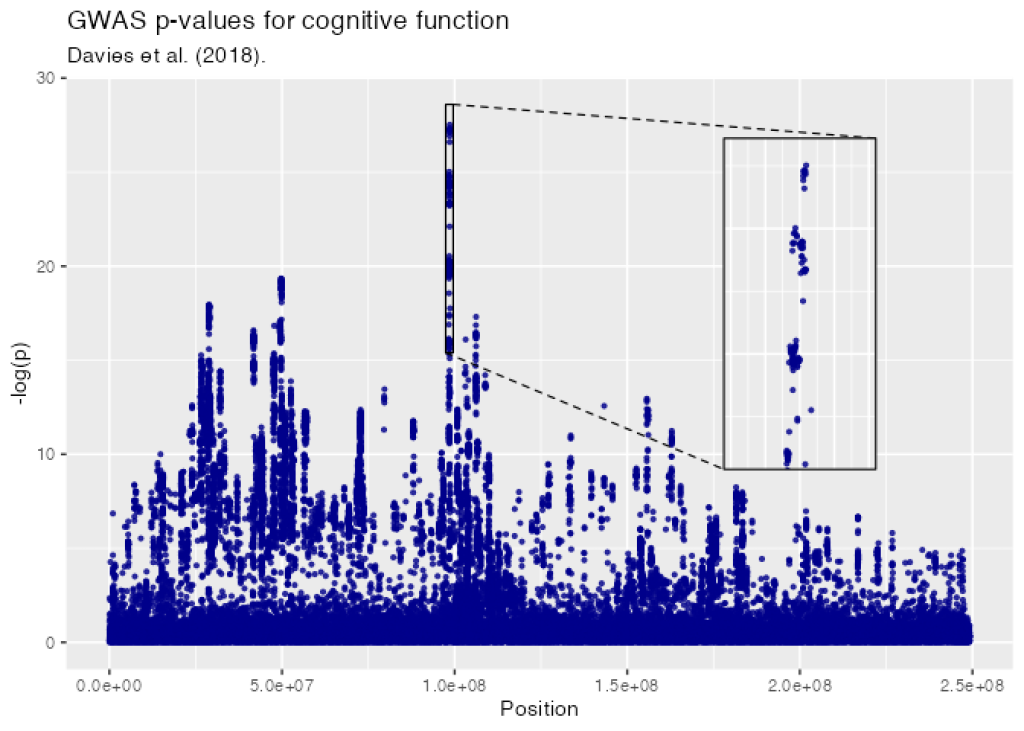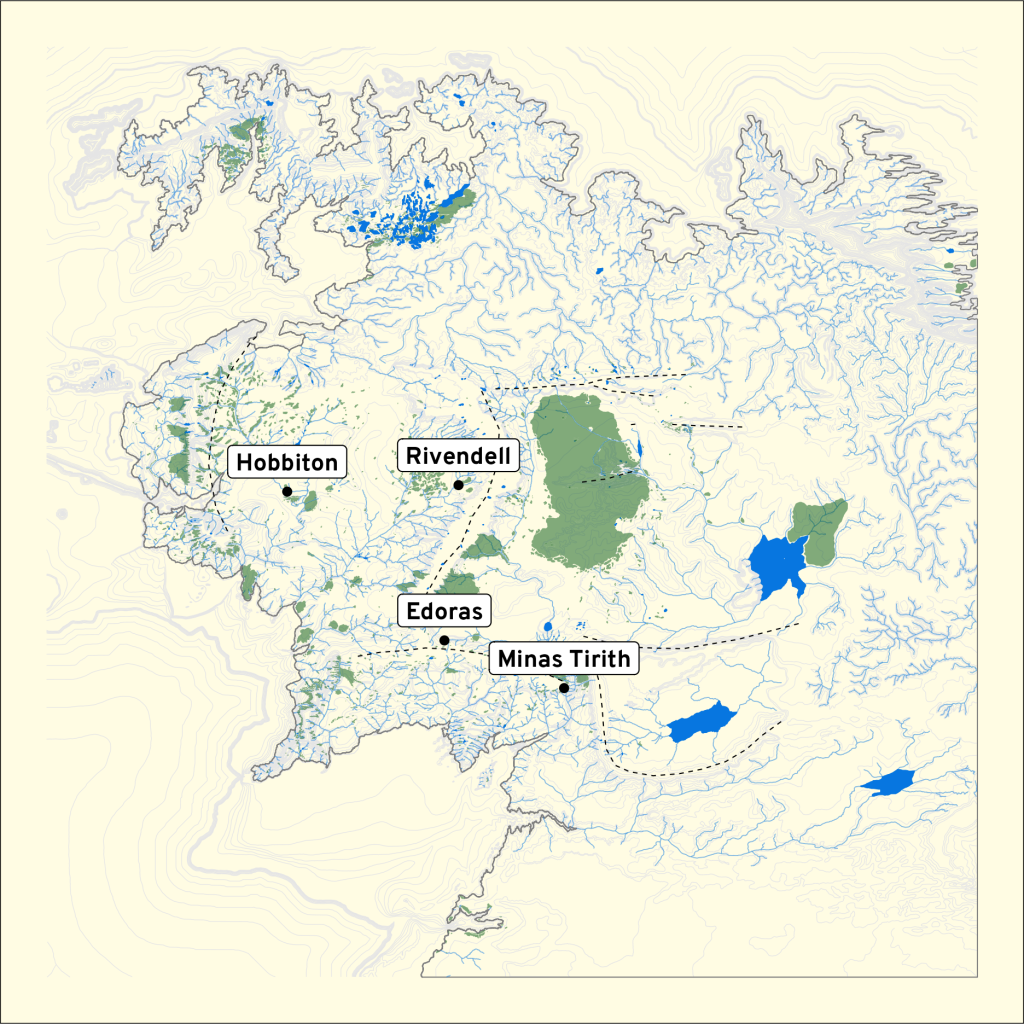What's New in R: January 24, 2024
Welcome to first issue of What’s New in R! This is a weekly email with three resources to help you learn new tips and tricks to up your R game.
Want to get this in your inbox? Sign up for What's New in R.
For the first few issues of What’s New in R, the word “new” may be a bit of a misnomer. That’s because I’ve been thinking about starting What’s New in R for several months and have been collecting resources throughout that time. The resources may be a few months old, but who’s counting?
After I send out the What’s New in R email, I’ll add the resources I include in each issue to the searchable, filterable resources page on the R for the Rest of Us website.
Without further ado, here is the first issue of What’s New in R.
ggplot tricks
This repository, created by Teun van den Brand, is a summary of tips and tricks he has learned while reading the book ggplot2: Elegant Graphics for Data Analysis. The section on recycling plots is particularly interesting if you need to make multiple, similar plots.
ggmagnify
If you’re familiar with inset maps, you know how helpful they are in helping you understand where a small place is in relation to larger places (see, for example, the map on this Guardian article about descendants of Austrians and Germans in Peru). The ggmagnify package by David Hugh-Jones aims to do the same thing for all types of plots.
Making Middle Earth maps with R
I’m not a Tolkien fan myself, but if I were, I’d be very inspired by this blog post by Andrew Heiss. The blog post is an overview of the sf package for making maps wrapped in the challenge of making Middle Earth maps. No matter what kind of maps you make, it’s got a lot to teach you!
I hope you enjoyed the first issue of What’s New in R! If you have any suggestions for resources you think I should include in future issues, comment below!
Want to get this in your inbox? Sign up for What's New in R.
Sign up for the newsletter
Get blog posts like this delivered straight to your inbox.



You need to be signed-in to comment on this post. Login.